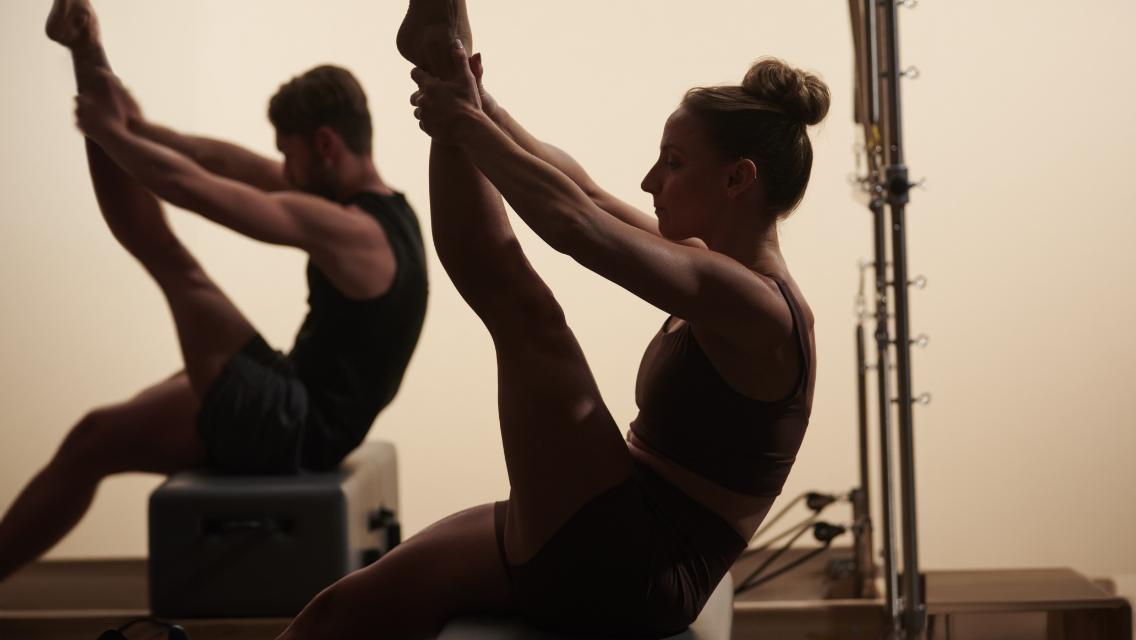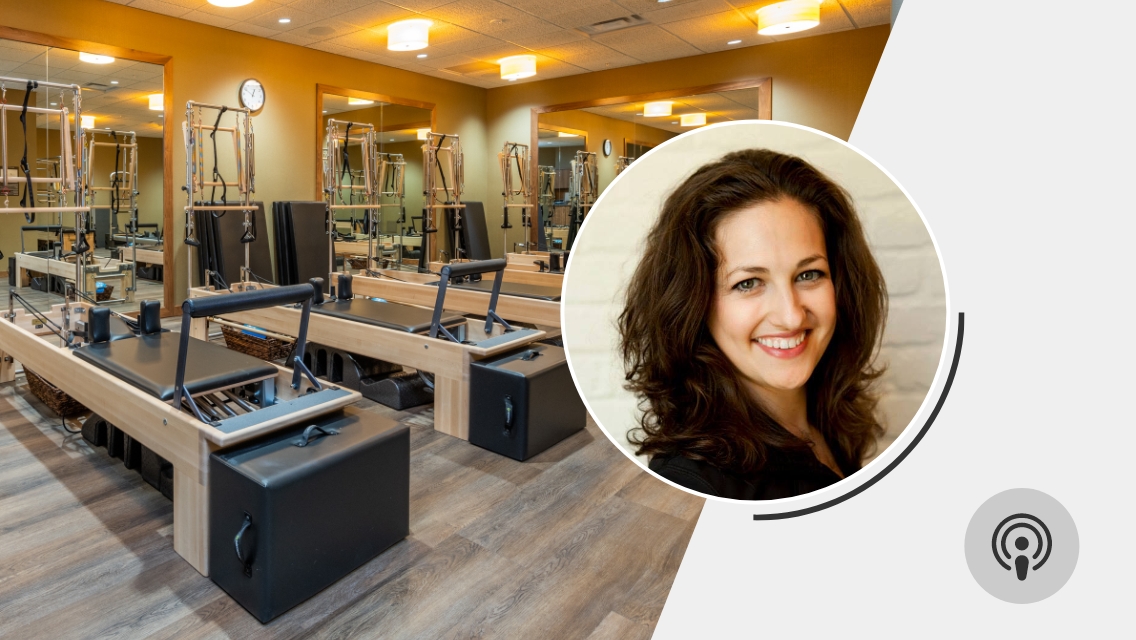As fitness experts continue to tout the advantages of low-impact, mobility-forward workouts, the popularity of Pilates has risen rapidly, especially over the last few years. Yet the modality itself is long tried and tested: Pilates dates back to the 1880s, when wellness guru Joseph Pilates developed a methodology that was ahead of its time and is now taught in boutique studios and health clubs all over the world.
What Is Pilates?
As Joseph Pilates taught his robust system of exercise over the years, it grew to encompass more than 500 exercises under a science he called “Contrology.” He focused on the importance of breathing, correcting posture, building core strength, and encouraging flexibility.
“Pilates is an exercise system that works your entire body from the core out,” says Theresa Barone, national manager of Pilates for Life Time. “What makes it different from any other exercise modality is how it activates your deepest core muscles. We work into the deepest possible layer of the core and build from there.”
Many Pilates classes use the reformer, a popular piece of equipment designed with a system of springs and pulleys that allow the exercises to become more accessible or more challenging, depending on how each participant sets theirs up. Pilates classes can also be done on a mat with floor exercises that target the core.
The Pilates Philosophy
Pilates is rooted in the “Six Principles of Pilates” by Joseph Pilates. Certified instructors teach their classes with these in mind:
- Concentration: Pilates is about mind-body connection. The intent is to be present, focusing only on how your body is moving in the moment. This makes Pilates great for stress relief, and participants often leave feeling lighter in mood and spirit, according to Barone.
- Center: In Pilates, every movement begins from the center of the body, working to develop the strength of your deepest core muscles.
- Control: Pilates requires you to control your body through various tempos and ranges of motion. This may include fast or slow tempos, large or small ranges of motion, and deep or light muscle activations.
- Precision: The goal for every Pilates participant is to aim for accuracy, journeying toward mastering the minute details of each movement.
- Breath: Fully inhaling and exhaling with control within each movement is key to success with Pilates.
- Flow: Every minute of a Pilates class is used to work toward improvement. This flow allows for a seamless transition from exercise to exercise.
6 Benefits of Pilates
Pilates offers a long list of benefits — and when it’s done in a private or semi-private setting, it can be tailored to your individual needs.
Barone outlines some of the top benefits of Pilates:
1. Core Strength
Pilates targets the deepest abdominal muscles, known anatomically as the transverse abdominis. This muscle wraps around the entire midsection from ribs to pelvis. The core also includes the muscles of the pelvis, hips, ribcage, spine, neck, and shoulder joint attachments.
“Your head, arms, and legs are all integrated together through your core, so it makes sense that core strength really matters for you to function at an optimal level,” Barone notes. “When we have a strong core, we move through life and other activities with ease.”
2. Spine Health
As we age, spine health is a leading indicator of our physical abilities. “Degeneration of the spine, or more importantly the discs, can lead to ailments that prevent people from being active, or as active as they would like,” Barone says. “Pilates moves the spine in all planes of motion, which creates strength and stability in all the muscles that surround it.”
3. Posture Development
Most Pilates participants see posture improvement and stand taller in as little as six to 10 sessions, according to Barone.
“Tightness in the shoulders and neck creates a forward head and rounded upper back posture, referred to as thoracic kyphosis,” she explains. “It also sometimes creates chronic neck pain. Tightness through the hips and low back can also create a shifted pelvic position, which can cause low back pain. Pilates directly works to reverse these postural issues by developing the small muscles along the spine, stretching out tight shoulders and hips, and working ideal body alignment into every exercise.”
4. Flexibility and Functional Range of Motion
The unique qualities of a Pilates reformer can help increase both flexibility and joint range of motion.
“When the springs of the Pilates equipment stretch, it creates pressure in your muscles, allowing them to simultaneously activate and relax in the body tissue,” Barone explains. “You might have heard that Pilates stretches and strengthens you at the same time, and this is how that happens.
“With muscles more pliable,” she continues, “we can prevent injury, increase range of motion in our joints, and have an overall better quality of life.”
5. Balance and Coordination
Pilates movements help you create better awareness of your body in space, which leads to improved coordination and balance both inside and outside of the Pilates studio.
“Because Pilates involves such precise and controlled movements, instructors help participants find awareness and control over parts of their body they may have never been intentional about before,” says Barone.
6. Full-Body Strength and Stability
From small stabilizing muscles to larger muscle groups, Pilates targets every area for a strong and balanced body. “The goal of Pilates is to repattern the muscles for strength and stability,” Barone explains. “Regardless of fitness level, new Pilates participants start with fundamental movements and gradually move on to more advanced ones as they improve.”





